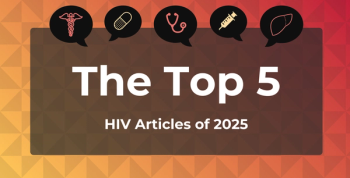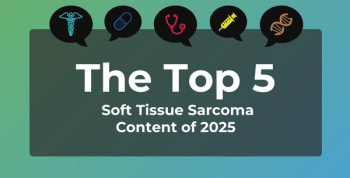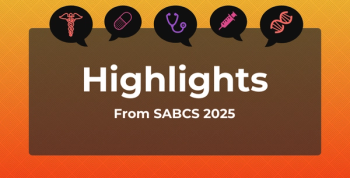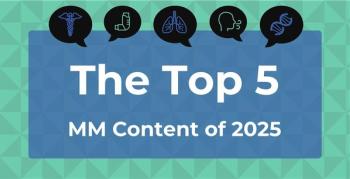
FDA Releases Draft Guidance on HIV Treatment Development For Pediatric Patients
The FDA has drafted new recommendations on the development of drugs to treat pediatric patients with HIV meant to be applied on a global scale.
The
Approximately 2.1 million children are living with HIV, of which only 43% have received ARV therapy, according to the draft guidance. HIV treatment consists of a combination of ARV treatments, typically 3 products from at least 2 classes.
Dosing recommendations for ARV therapies are consistent across adults and adolescents—those age 12 to 17—so sponsors should include adolescents in efficacy trials either alongside adults or in a separate adolescent study, the agency argues. They recommend that pediatric formulation development should begin as soon as the adult dose is selected based on results of phase 2 trials.
For nonadolescent pediatric patients—those age 4 weeks to 12 years—sponsors should enroll study cohorts in parallel rather than in series, unless a drug product has a specific safety or drug disposition factor that merits a different approach. For these patients, enrollment and dosing selection should be based on weight, rather than age, and weight-bands should align with those defined by the World Health Organization (WHO).
“Approval of a new pediatric formulation, when safety and pharmacokinetics in children have already been studied using a previously approved formulation, may be supported by a bioavailability/bioequivalence study in adults that show that bioavailability of the 2 formulations is comparable,” stated the guidance. If bioavailability is not comparable, 1 or more of the following may be needed to support approval: dose adjustments, scientific rationale to support the difference in bioavailability, or an additional trial.
The guidance concludes by encouraging sponsors to have early discussions with WHO, nongovernmental organizations, FDA, and other regarding plans to develop drugs for pediatric patients with HIV.
Newsletter
Stay ahead of policy, cost, and value—subscribe to AJMC for expert insights at the intersection of clinical care and health economics.








